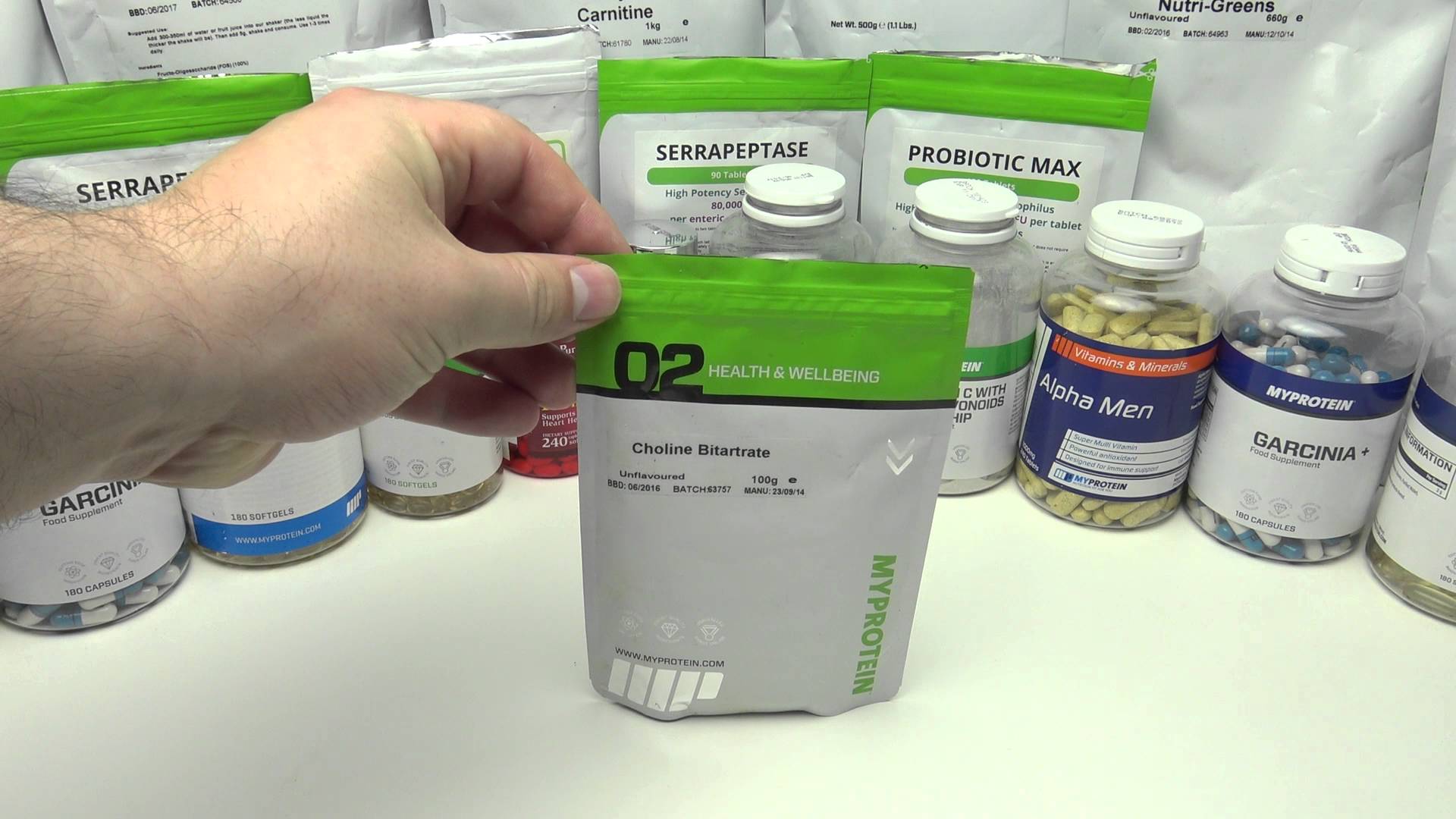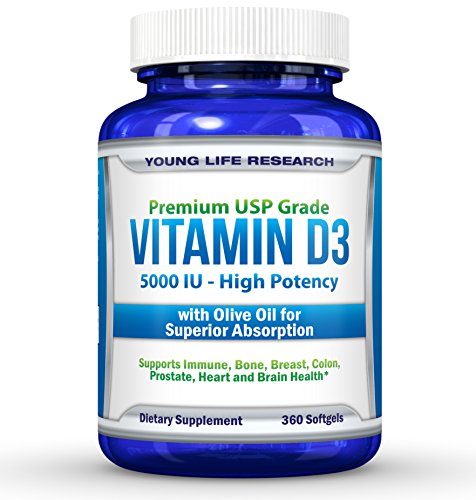A Little Sugar, Wood Pulp, and Sand, Make the Vitamins Go Down
I’m driving home from work early one morning. I’m tired and I need to stay awake. So I turn the radio on to my favorite talk radio station out of Chicago. It’s around 4:30 a.m. in the morning and the station is playing an infomercial.
There’s this doctor pitching a new and improved vitamin that he had created. All I needed was some noise to help me stay awake. So I listen to his infomercial. What really caught my attention was toward the end of the program.
He was comparing his vitamin product with other name brand vitamin products. To do this, he was reading the ingredients on the package. He first started making fun of all the sugar that was in the name brand vitamins. But then the next ingredients that were listed really got my attention.
The first one was “microcrystalline cellulose” which he referred to as “ground up newspaper”. The next ingredient was “silicon dioxide”, which he called “sand”. Wait a minute. Time out here. Did he just say that there is sand and ground up newspaper in name brand vitamins? How could this be?
Several days later, I decided to do a few searches on the ingredients in vitamins. It didn’t take long to I find out that the doctor was telling the truth. One of the first websites I visited was the U.S. Food and Drug Administration. They have an on-line database of food ingredients called “GRAS” which stands for “Generally Recognized As Safe”. Here’s what I found out.
Cellulose comes from the cell walls of plants. It’s found in the plants that we eat. But it’s also found in plants that we normally wouldn’t eat, like wood pulp from trees. All forms of cellulose contain the same biological properties. So if it’s safe to eat one form, then it should be safe to eat another form like microcrystalline cellulose.
When we eat cellulose, the human body does not absorb it, instead it exits the body as part of a bowel movement. In small amounts there is no evidence of harmful effects from cellulose. In larger amounts it acts as a laxative. In the end I learned that cellulose has a GRAS rating, while microcrystalline cellulose does not. But based on the evidence, the FDA has not prohibited the use of it.
So why do some vitamin tablets contain cellulose (wood pulp), and silicon (sand)? The actual amount of vitamins found in a tablet is a small amount. Without some type of filler, it would be too small to handle. Next you need a strong substance to help hold the shape of the tablet. And strength to keep the tablet from crumbling. That’s why they use cellulose (wood), because wood is strong. Sand acts as a filler, and a “time release” agent in how the tablet dissolves.
Wood and sand are used as inactive ingredients in other food products as well. Here’s how wood is used as an anti caking agent. microcrystalline cellulose (cellulose powder) is used in Parmesan cheese so that it doesn’t clump up (form chunks) in the can. Silicon dioxide (sand) is an anti-foaming agent. So it’s used in beer, to keep beer from foaming a head.
Also there’s zero calories in sand and wood. It’s filling too. So, sand and wood have become very poplar in diet products. Sand is also promoted as being good for hair, fingernails, and strong bones. And the companies promoting these products were up front, about sand being an ingredient in their products.
But is it safe to eat wood pulp and sand? The GRAS reports from the U.S. Food and Drug Administration are quite lengthy. Here is a few lines from each report. Microcrystalline Cellulose: “… There is no evidence in the available information on pure and regenerated cellulose, including microcrystalline cellulose, that demonstrates, or suggests reasonable grounds to suspect, a hazard to the public when they are used at levels that are now current, or that might reasonably be expected in future.”
Silicon Dioxide: “… The question of whether or not silicon is an essential human nutrient remains unresolved. Silicon compounds consumed as added food ingredients contribute only a minor proportion of the total dietary silicon intake.”
A Little Sugar, Wood Pulp, and Sand, Make the Vitamins Go Down by Michael W Curley




